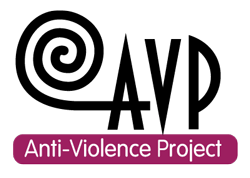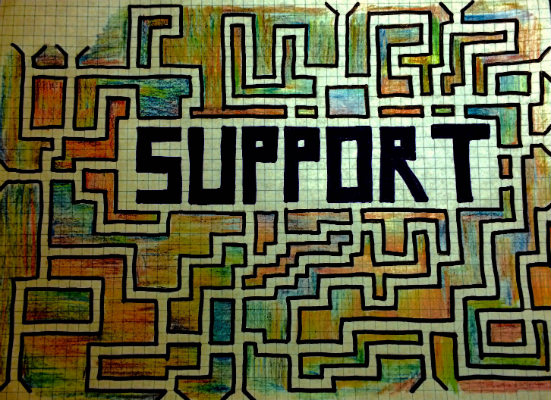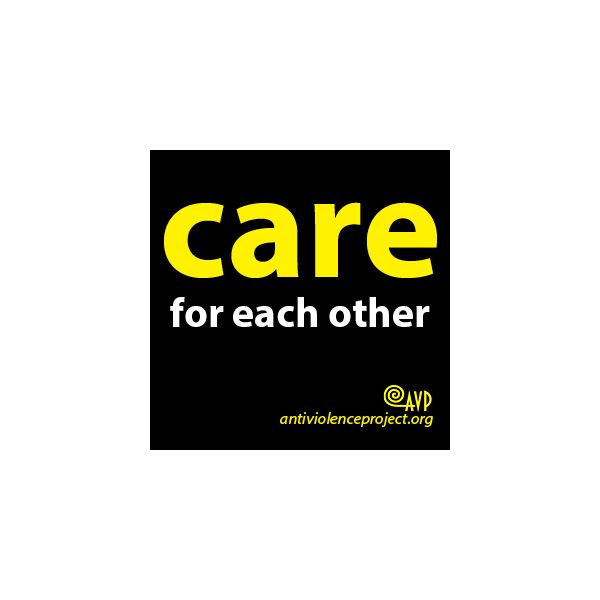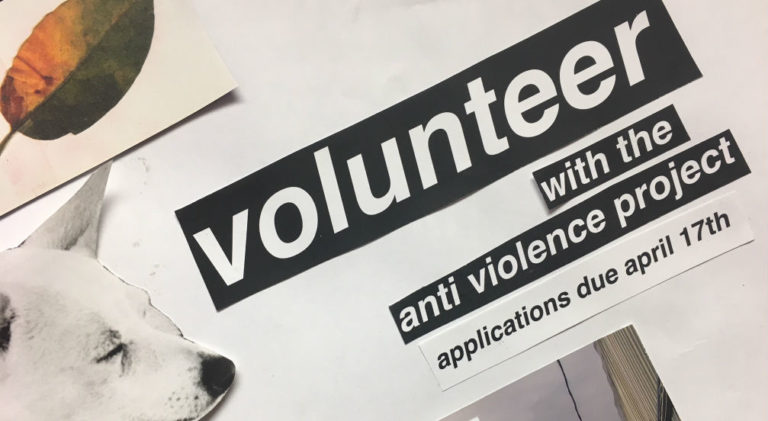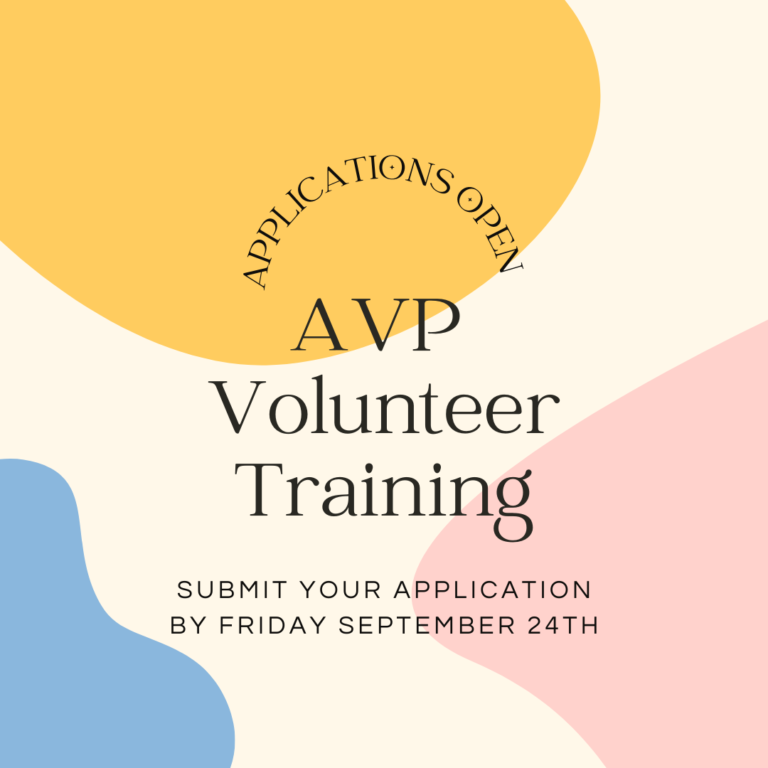Harm Reduction is for every body
What is Harm Reduction?
Harm reduction is a philosophy that focuses on increasing safety and minimizing injury, disease, and death related to behaviours/actions that have risk. The philosophy emphasizes human rights and informed decision-making to empower personal choice, and help people make decisions that are the best for them. Evidence shows that harm reduction strategies greatly reduce the adverse health, social, and economic consequences of behaviours or actions that have associated risk.
Harm reduction is often considered controversial because many individuals think it only applies to illicit drug use. However, harm reduction is used every day by most of us because every day we do things that come with some risk. Here’s some examples of those activities and the harm reduction practice that goes with it:
- Driving/riding in a car – seat belts, traffic laws, headlights/signal/brake lights
- Riding a bike – bike lanes, helmets, brakes, traffic laws
- Walking – sidewalks, crosswalks
- Eating – refrigeration, food safe practices, expiry/best before dates
- Reading – glasses
- Buying a coffee – regulations on holding temperatures
- Being out in the world during cold/flu season – washing your hands
- Being outside on a hot, sunny day – using sunscreen/hat, drinking water
- Touching people – consent practices
- Being on the water in a boat or canoe – wearing a life jacket, knowing about tides
- Drinking alcohol – brewing regulations, eating food, drinking water, not driving
- Having sex – using lube, condoms, dental dams, consent practices
Harm reduction means that there are ways to care for yourself even though you can’t or don’t want to stop a potentially risky behaviour. It meets you exactly where you are at without shame, stigma, or judgment and does not ask you to abstain (stop a behaviour or action), although abstinence falls under the harm reduction umbrella. Shame, stigma, and judgment are never helpful tools and only succeed in increasing self-hate, isolation, shutting down conversations, and breaking relationships.
Harm reduction is an incredible relationship building tool because it doesn’t judge; it focuses on the prevention of harm rather than the prevention of behaviour/action; it views everyone as a person instead of engaging in stigmatizing labels such as “addict”; it recognizes the intersections of oppression and power; it seeks to make decisions with the persons affected by the decisions instead of for the persons affected; it allows room for practices to differ based on the person and the situation; it asks what causes the risks and harm rather than telling people they are “bad” and everything is their fault; it includes a wide array of behaviour from abstinence to extreme use; and it holds dignity and compassion at the forefront by remembering that every life has value.
Harm reduction is an integral part of AVP’s lens as we seek to prevent sexualized and gender-based violence. We’ll be writing more about this in the coming months.
Big thanks to the folks at the Icarus Project, and the Young Women’s Empowerment Project (YWEP) for all their incredible and heart-centered harm reduction work. Their words have been used in the creation of this because they said it first and awesomely. Please check out their work online, specifically the Icaraus Project’s workbook “hurting yourself: how to take care of yourself when you feel the urge to hurt yourself” (PDF) (version for printing as a brochure at http://theicarusproject.net/files/hurtingyourself-scramble.pdf), and Chicago’s Young Women’s Empowerment Project study “Girls do what they have to do to survive: Illuminating methods used by girls in the sex trade and street economy to fight back and heal” (PDF) and website www.youarepriceless.org. And an extra big thanks to everyone (especially the peers) who has been doing harm reduction in grassroots ways for longer than I know.
Kîwetinohk Kîsik (trish pal)
